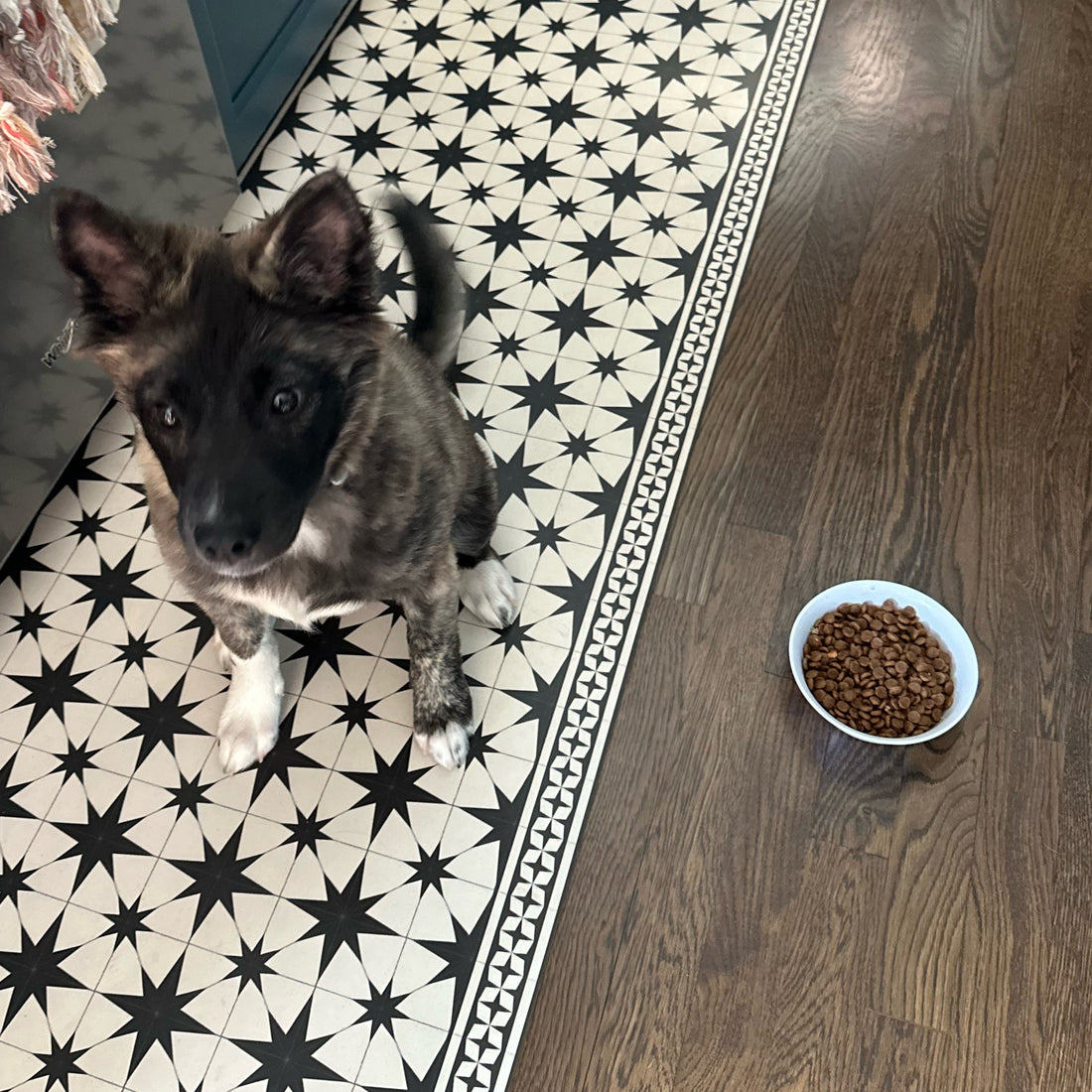
How to Exercise Your Dog Indoors: Training, Tricks, and Mental Stimulation
Compartir
Exercising your dog is crucial for their physical and mental well-being, but sometimes the weather or other circumstances make it difficult to take them outside. Whether it's too hot, raining, or you're just stuck indoors, there are plenty of ways to keep your dog active and mentally stimulated. In this guide, we'll explore indoor exercise options, advanced training tricks, and methods to prevent your dog from chewing on your belongings.
Indoor Training: The Basics and Beyond
Training your dog indoors is a great way to keep them physically active and mentally engaged. Start with the basics, such as sit, stay, and come, but don’t stop there. Once your dog has mastered these commands, it's time to level up.
Advanced Tricks to Train Indoors
- Spin and Twirl: Teach your dog to spin in circles by luring them with a treat. Start with a full spin in one direction and then in the other. This trick is not only fun but also helps with balance and coordination.
- Weave Between Legs: Stand with your legs apart and lure your dog to weave through them using a treat. This trick requires focus and agility, keeping your dog both physically and mentally engaged.
- Fetch with a Twist: Use indoor-safe toys and add a twist to fetch by incorporating commands like “drop it” or “place it” in a specific spot. This can turn a simple game into a mentally stimulating challenge.
Training and mental stimulation are key to a dog’s overall well-being. According to a study published in Applied Animal Behaviour Science, dogs that engage in regular training sessions exhibit fewer behavioral issues and are generally happier and healthier .
Yard Training: Making the Most of Your Outdoor Space
If you have a yard, you can turn it into an excellent training and exercise space for your dog. Yard training can be particularly useful for reinforcing commands in a new environment and giving your dog a sense of freedom.
Yard Training Ideas
- Agility Course: Set up a simple agility course using household items like chairs, cones, and broomsticks. Teach your dog to navigate the course, which provides both physical exercise and mental stimulation.
- Recall Training: Practice calling your dog to you from various points in the yard. This strengthens their recall ability and provides them with exercise as they run back and forth.
Mental Stimulation Indoors: Keeping Your Dog’s Mind Active
Mental stimulation is just as important as physical exercise. When the weather keeps you inside, here are some activities that can tire out your dog’s brain:
Interactive Toys and Puzzles
- Puzzle Feeders: These are great for making your dog work for their food, providing mental stimulation while they eat. Research suggests that using puzzle feeders can reduce anxiety and boredom in dogs .
- Hide and Seek: Hide treats or toys around the house and encourage your dog to find them. This game stimulates their natural hunting instincts and provides mental engagement.
Teach New Commands
Use indoor time to teach your dog new commands or tricks. Commands like “leave it,” “take a bow,” or “go to bed” are perfect for indoor training sessions.
Preventing Chewing: Keeping Your Belongings Safe
One common issue with keeping dogs indoors is preventing them from chewing on your belongings. Here’s how to manage it:
Chew Toys and Bones
- Provide Plenty of Chew Toys: Make sure your dog has access to a variety of chew toys. Rotate them regularly to keep your dog interested. Consider using durable, non-toxic toys that are designed to withstand heavy chewing.
Training to Avoid Chewing
- Redirect Attention: If your dog starts chewing on something they shouldn’t, immediately redirect them to a chew toy. Reward them when they chew on the appropriate item.
- Use Deterrent Sprays: Sprays that taste unpleasant can be applied to furniture or shoes to deter your dog from chewing. Consistency is key to making this method effective. A mixture of one part apple cider vinegar to five parts water in a spray bottle can be an affordable at home remedy to use.
Exercising your dog indoors doesn’t have to be a challenge. By incorporating advanced training, yard exercises, mental stimulation, and proper chew prevention, you can keep your dog happy, healthy, and engaged—no matter what the weather is like outside. For the best in dog gear and training tips, keep your eyes on Luwello.com!







